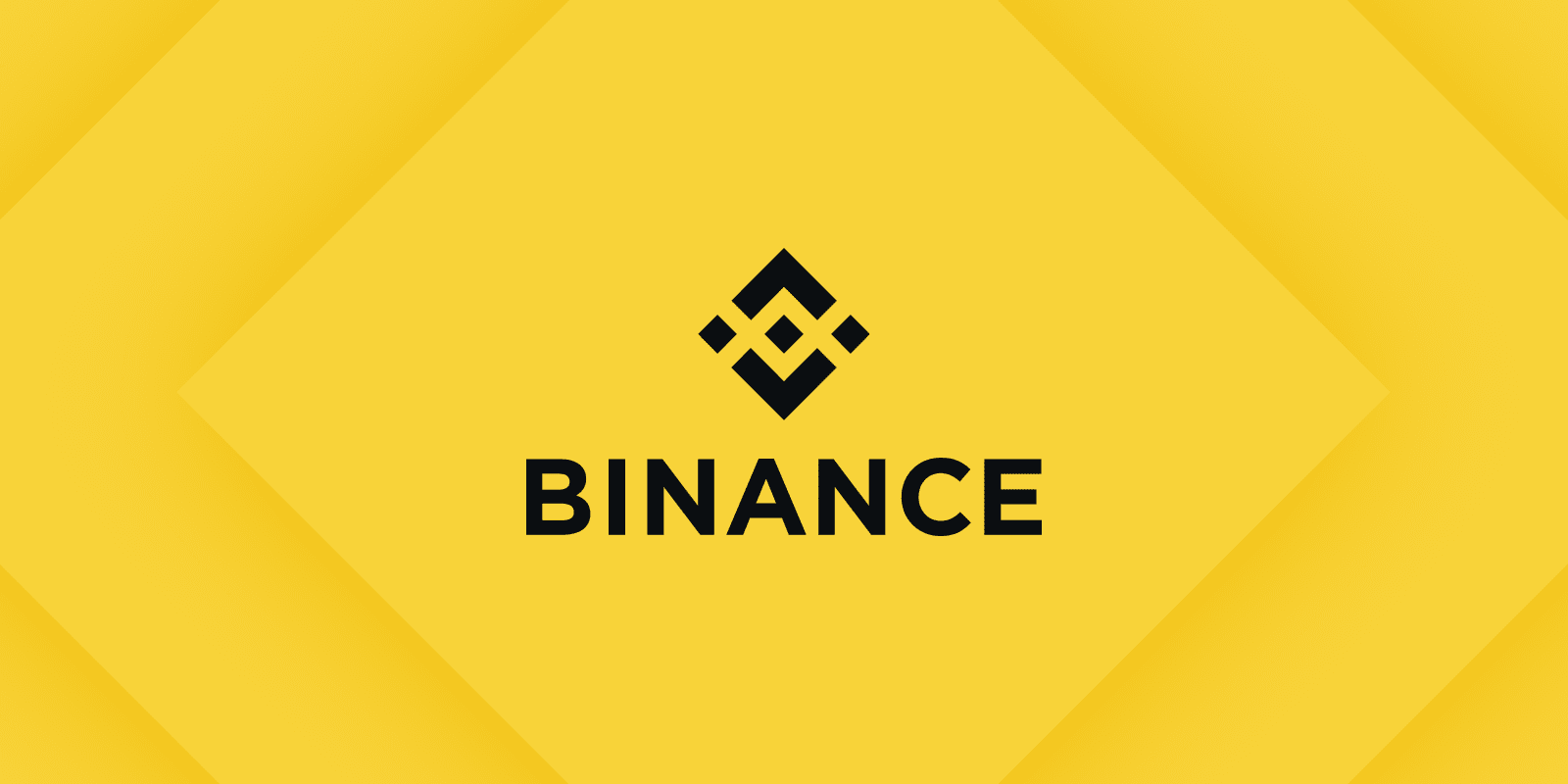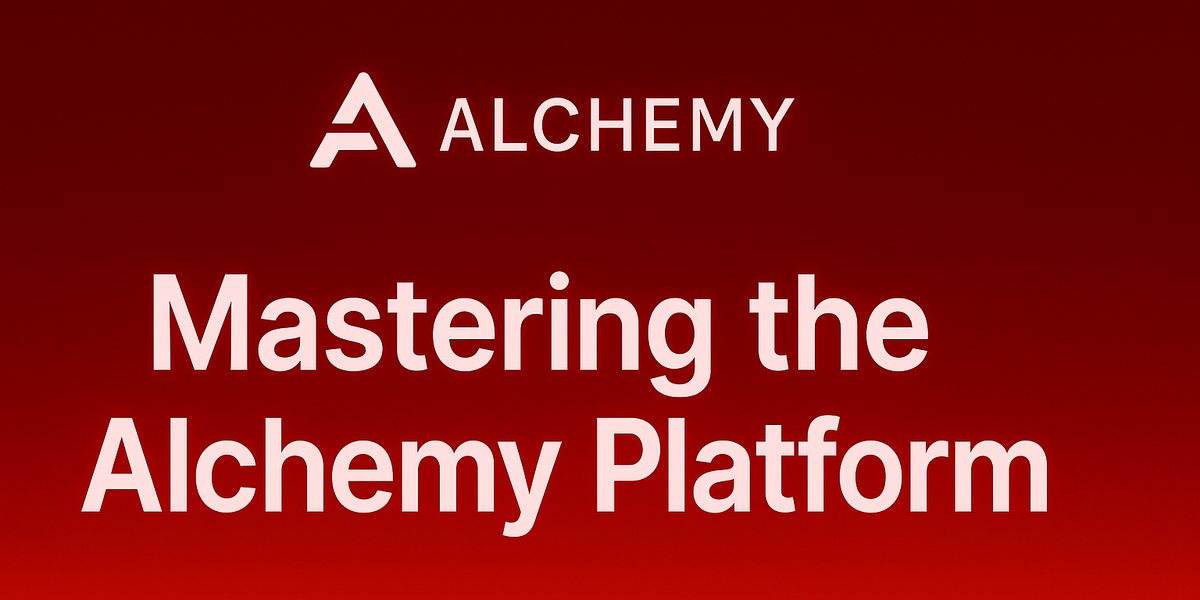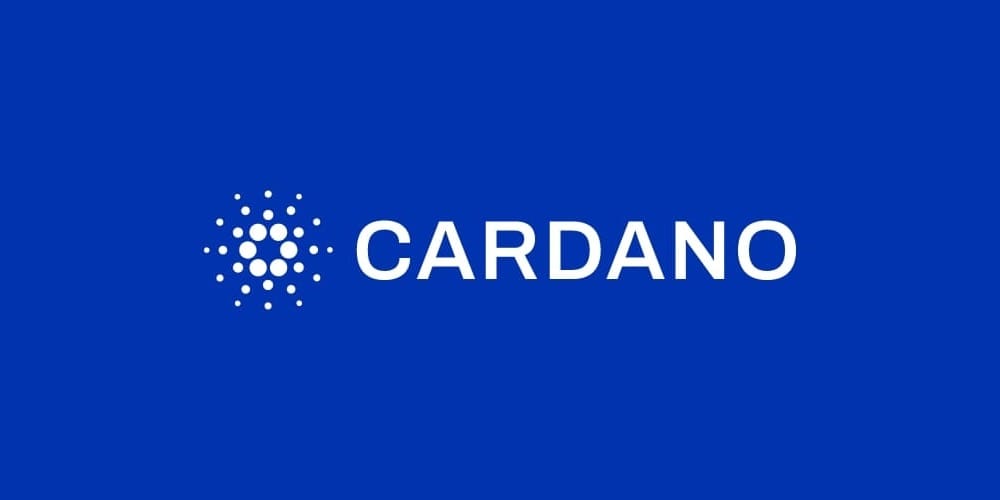Binance, one of the world's leading cryptocurrency exchanges, has unveiled an innovative community voting mechanism designed to reshape the way token listings are conducted. This initiative empowers users by giving them direct influence over which tokens get listed or removed from the platform. Binance’s goal is to introduce a more transparent and decentralized listing process, but this move has also sparked debate regarding potential susceptibility to manipulation and shifts in power dynamics within major exchanges.
By taking this significant step, Binance aims to address long-standing criticisms surrounding centralized exchange operations. In the past, opaque decision-making processes led to skepticism and allegations of favoritism when it came to token listings. Now, however, users holding a sufficient amount of Binance Coin (BNB) will have a voice, enabling them to participate democratically in shaping the future of Binance’s trading ecosystem. But will this approach truly decentralize decision-making, or will it create new vulnerabilities?
How Does the Community Voting System Work?
Binance’s newly implemented community voting system functions by allowing cryptocurrency traders and investors to vote on whether a token should be added or removed. Tokens with the highest number of votes will be approved for listing, while tokens that are deemed unworthy by the community may face removal. However, before any token reaches the voting stage, it must first pass Binance’s due diligence process and be categorized under a special monitoring zone.
To participate in voting, users must have a minimum of 0.01 BNB, ensuring that only engaged and investment-minded members have a say in the decision-making process. Additionally, Binance has established the “Alpha Observation Zone,” which is dedicated to emerging tokens. The goal of this zone is to give newly launched projects a structured opportunity to gain community support and prove their value before being fully integrated into Binance’s main exchange offerings.
While this system offers a level of decentralization, it does not entirely eliminate Binance’s influence. Despite the community having voting power, Binance retains authority over which projects are eligible for public voting. This aspect of control raises concerns about whether true decentralization is being achieved, or if Binance’s oversight limits the democratic nature of the process.
Implications for Cryptocurrency Exchanges
The introduction of this community voting mechanism is a game-changer in an industry where listing decisions have traditionally been controlled by centralized entities. Historically, Binance and similar platforms decided which tokens to list without much transparency, leading to accusations of pay-to-play schemes and conflicts of interest. By shifting listing decisions to the user base, Binance positions itself as a more community-driven exchange.
This shift in governance may set a precedent for other cryptocurrency exchanges. Rival platforms like Coinbase have been exploring alternative listing models to improve transparency, such as blocklist-based approaches where projects not meeting specific criteria are excluded. If Binance’s experiment with community voting proves successful, it may prompt other exchanges to adopt similar methods, potentially reshaping the broader industry’s approach to token listings.
Potential Advantages and Disadvantages
Advantages:
- Greater Transparency: The ability to vote on token listings and delistings makes the process more open, reducing the influence of Binance’s internal team in making unilateral decisions.
- Decentralization: While not fully decentralized, distributing decision-making power among Binance users creates a more participatory process and places some control in the hands of the community.
- Community Engagement: This system rewards projects with strong communities. Tokens that generate active user interest will likely receive stronger backing, fostering an ecosystem where meaningful engagement is valued.
Disadvantages:
- Potential Manipulation: Large investor groups or automated voting bots could sway decisions in ways that do not necessarily align with the best interests of retail investors.
- Exclusion of Smaller Projects: Tokens with limited financial resources for community outreach may struggle to compete against well-funded cryptocurrency projects, leading to uneven opportunities for listing.
- Trust Issues: Critics argue that despite this voting system appearing to support decentralization, Binance still plays a significant role in determining which projects are even eligible for the voting process, which may limit the effectiveness of true decentralization.
The Crypto Community’s Reaction
The wider cryptocurrency community has responded to Binance’s initiative with both enthusiasm and skepticism. While some traders and investors welcome the idea of having a direct role in shaping Binance’s token listings, others remain wary of potential avenues for abuse. Historically, similar voting models have faced challenges when attempting to balance community influence with integrity and security.
Changpeng Zhao, Binance’s former CEO, previously criticized the company’s token listing framework, describing it as broken and recommending more automated procedures. This new community-driven system appears to align with some of Zhao’s suggestions, but it remains uncertain whether it will fully resolve concerns around favoritism, transparency, and undue influence.
Additionally, some experts believe that large institutions or special interest groups may use their substantial BNB holdings to dominate votes. Without safeguards in place to curb such influence, Binance may find itself navigating similar criticisms that traditional exchanges have faced.
Impact on Binance’s Reputation
Binance has often been in the spotlight regarding its level of transparency and credibility, particularly in relation to how tokens are chosen for listing or delisting. This new voting mechanism could serve as an opportunity for Binance to rebuild trust among users and investors while aligning itself more closely with the decentralization principles that many cryptocurrency enthusiasts advocate.
However, there remains an underlying concern that Binance still functions as a gatekeeper. Projects must first pass through Binance’s evaluation process before they can be voted on, meaning Binance retains significant control over which tokens reach the community ballot. If Binance is not fully transparent about how projects are selected for voting, users may continue to question whether the exchange is truly putting decision-making power in their hands.
Conclusion
Binance’s rollout of the community voting mechanism for token listings and delistings is a bold step toward a more user-driven exchange model. By allowing its users to have direct input into which tokens are listed, Binance is challenging the traditional model of centralized control over trading platforms. However, risks remain, such as potential vote manipulation and concerns that Binance still holds too much decision-making power.
As this system evolves, its long-term viability will depend on Binance’s ability to address issues such as governance fairness, voting safeguards, and transparency in how projects are initially approved for the voting process. Whether this initiative becomes a model for the broader crypto industry or requires significant modifications is something only time will tell. For now, Binance’s experiment in democratizing token listings represents a major shift in the exchange landscape, one that could influence industry practices for years to come.





Comments